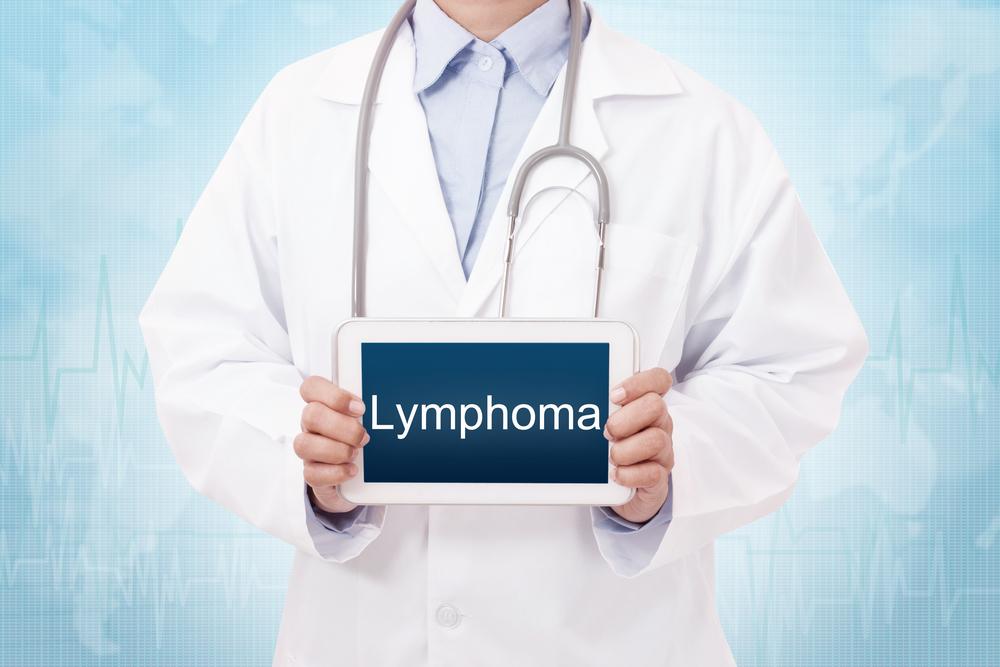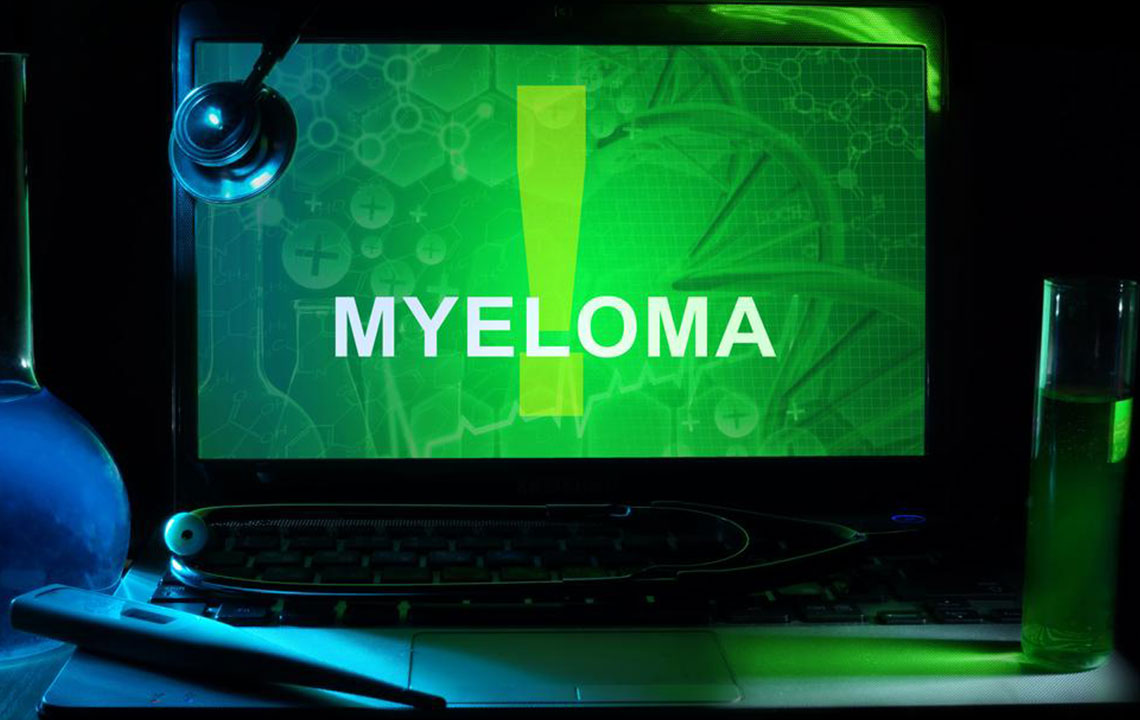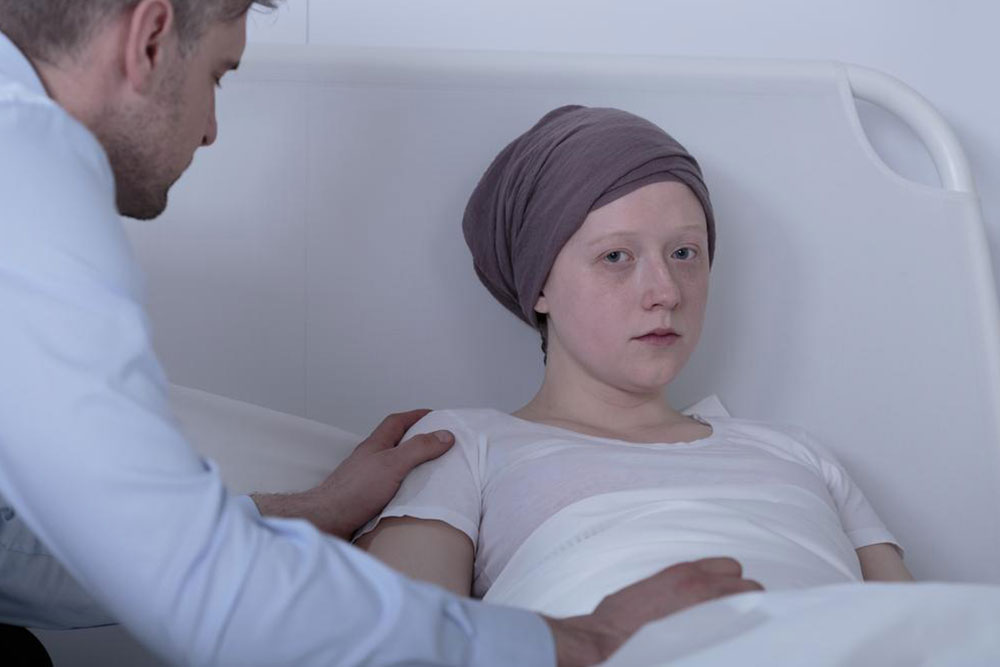Comprehensive Guide to Managing Hodgkin’s and Non-Hodgkin’s Lymphoma Effectively
This comprehensive guide explores advanced strategies and personalized treatments for Hodgkin’s and Non-Hodgkin’s lymphoma, emphasizing early diagnosis, targeted therapies, and innovative approaches to improve prognosis and quality of life. Learn about classification, staging, and emerging treatments tailored to individual patients for optimal outcomes.

Innovative Approaches and Treatment Strategies for Hodgkin’s and Non-Hodgkin’s Lymphoma
Lymphoma represents a complex group of blood cancers originating from the lymphatic system, a critical component of the immune system. This system comprises various organs such as the spleen, lymph nodes, thymus, and bone marrow, all playing vital roles in immune defense. Lymphoma is primarily classified into two major categories: Hodgkin’s lymphoma (HL) and non-Hodgkin’s lymphoma (NHL). Recognizing the distinctions between these types is crucial for determining the most effective treatment strategies.
The overarching goal in managing lymphoma is to eradicate all detectable cancer cells when feasible, alleviate symptoms, prevent disease progression, and ultimately improve or maintain the patient’s quality of life. Many individuals diagnosed with lymphoma can achieve long-term remission with advances in treatment options, targeted therapies, and personalized care plans.
Selecting an appropriate treatment regimen requires careful consideration of several key factors, including:
Lymphoma classification (Hodgkin’s vs. non-Hodgkin’s),
Cancer staging to determine the extent and spread of disease,
The biological aggressiveness or indolence of the tumor, and
Patient-specific factors such as age, overall health status, comorbidities, and personal treatment preferences.
Statistics indicate that approximately 80% of cases diagnosed as localized non-Hodgkin lymphoma respond favorably to treatment interventions, highlighting the importance of early detection and appropriate management.
Effective lymphoma treatment hinges on selecting the right approach tailored to the patient's specific condition. Here are some of the primary treatment modalities used in clinical practice:
1. Active Observation
For slow-growing or indolent non-Hodgkin’s lymphomas, doctors often opt for a watchful waiting approach. This involves regular monitoring through physical exams, blood tests, and imaging studies. Treatment is initiated only when symptoms become significant or if there is evidence of disease progression. This approach helps avoid unnecessary side effects in cases where the disease remains stable for extended periods.
2. Radiation Therapy
Utilizing high-energy rays, radiation therapy targets localized lymphoma lesions directly, destroying cancer cells with precision. It is often employed in early-stage disease or to control localized tumors after chemotherapy. Advances in radiation technology aim to minimize damage to surrounding healthy tissues, reducing long-term side effects.
3. Chemotherapy
Chemotherapy involves administering powerful drugs that circulate throughout the body to attack malignant cells. These drugs can be delivered orally or intravenously, depending on the specific treatment protocol. Chemotherapy remains a cornerstone in lymphoma management, especially for advanced or disseminated disease. Combination regimens are commonly used to maximize efficacy and reduce resistance.
4. Stem Cell Transplantation
For patients with aggressive lymphoma or those who relapse after initial therapy, high-dose chemotherapy followed by stem cell transplantation offers a potential cure. The process involves destroying the existing bone marrow with chemotherapy and radiation, then restoring healthy stem cells to re-establish robust blood cell production. This procedure can be autologous (using the patient's own stem cells) or allogeneic (donor stem cells).
5. Targeted and Biological Therapies
Recent advances in molecular medicine have led to the development of targeted therapies that specifically interfere with cancer cell growth mechanisms. These include monoclonal antibodies like rituximab, which bind to cancer cell surface markers, and small molecule inhibitors targeting specific genetic mutations or signaling pathways. Biological therapies such as cancer vaccines, anti-angiogenesis agents, and gene therapy are also being explored in clinical trials. Many of these treatments are personalized, allowing for more precise and potentially less toxic interventions.
Participation in clinical trials offers access to cutting-edge therapies and contributes to advancing lymphoma treatment standards. Patients should consult their healthcare team to understand the potential benefits and risks associated with experimental approaches.
In conclusion, managing Hodgkin’s and non-Hodgkin’s lymphoma requires a comprehensive, individualized approach that considers disease subtype, stage, and patient health. Ongoing research and technological innovations continue to improve outcomes, offering hope for longer remission periods and better quality of life for patients worldwide. Patients are encouraged to discuss all available options with their healthcare providers to craft a tailored treatment plan that aligns with their health goals and personal circumstances.





